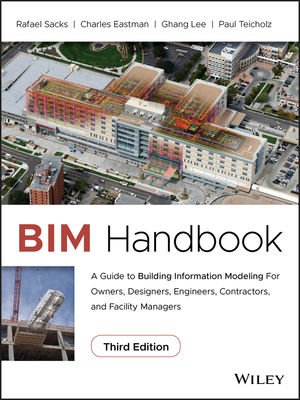In spite of our tendency to consider the control wiring systems common to temperature control and energy management systems as harmless and somehow separate from “real” electrician’s work, they are considered electrical wiring under the National Electrical Code (NEC) and subject to requirements that you should be aware of. Specific sections of the NEC applicable to modern control system installations include Article 725, “Class 1, Class 2 and Class 3 Remote-Control, Signaling, and Power-Limited Circuits,” and Article 800, “Communications Circuits.” Requiring compliance with the NEC and applicable Division 16 sections is usually adequate definition of these requirements within the temperature control specification. However, basic knowledge of how the NEC treats these installations can assist the hvacr engineer in design coordination, cost estimating, and construction inspection activities.
Limited Energy = Safety
Anyone who has witnessed an automobile electrical fire ignited by a12-vdc electrical system, knows that low voltage alone is inadequate to make an electrical system “safe” under all conditions. A limit on the power, or rate at which a circuit can deliver energy, is also necessary. What we generally refer to as “low-voltage” control wiring is classified under Article 725 as a Class 2 or Class 3 power-limited circuit. These circuits are required to operate at low enough voltage and current levels to limit the risk of electric shock and/or fire hazard from damaged or short-circuited wiring.We won’t attempt to explain all of the supply limitations of power-limited circuits here, but in general, the classes are distinguished by the type of protection they provide. Class 2 circuits are required to present no shock hazard or fire hazard in normal applications. Class 3 circuits are permitted to operate at higher voltage and current levels that may present a shock hazard, but may not present a fire hazard in normal applications. Power-limited circuits may be supplied only from listed power supplies (see Current Affairs™ #9 on NRTL listings, “Specifying Equipment Approvals”).
Class 2 circuits are the most commonly encountered in hvacr control systems. If ac, they generally operate at 30 V or less, if over 30 V, current must be limited to 5 mA, the same level protected against by ground fault circuit interrupters. Corresponding limits, adjusted for the different effects of dc current on the human body, exist for Class 2 dc circuits. Listed Class 2 power supplies include small 120-vac to 24-vac transformers commonly used to operate dampers and thermostats, various control and energy management systems, and computer power supplies.
Because of the limited power requirement, the capacity of available Class 2 power supplies is limited to about 100 VA. Paralleling more than one power supply to obtain additional capacity is not permitted, as it would also provide additional ignition energy. Thus, it is common for separate Class 2 transformers or power supplies to be used with individual components of a system, rather than using a larger central power supply.
Communications Circuits
Most modern buildings use distributed control or energy management systems in which local processors communicate with each other over a network consisting of copper wire, coaxial cable, or fiber optic circuits. These types of wiring are classified as communications circuits under Article 800 of the NEC. Communications circuits are permitted to receive power supply only from listed telecommunications or information technology (IT) equipment.
Communications circuits often originate outside of the facility, or are used to connect multiple buildings together, and create lightning protection and grounding concerns that do not apply to wiring systems that are installed entirely within a single building. Where communications cables are provided with a metallic shield or sheath, it must be grounded to the building electrical service grounding system as near the point of entrance as practicable. Lightning protectors are required on all communications cables entering a building from aerial (overhead) wire, and on each end of all interbuilding circuits where lightning exposure is present.

